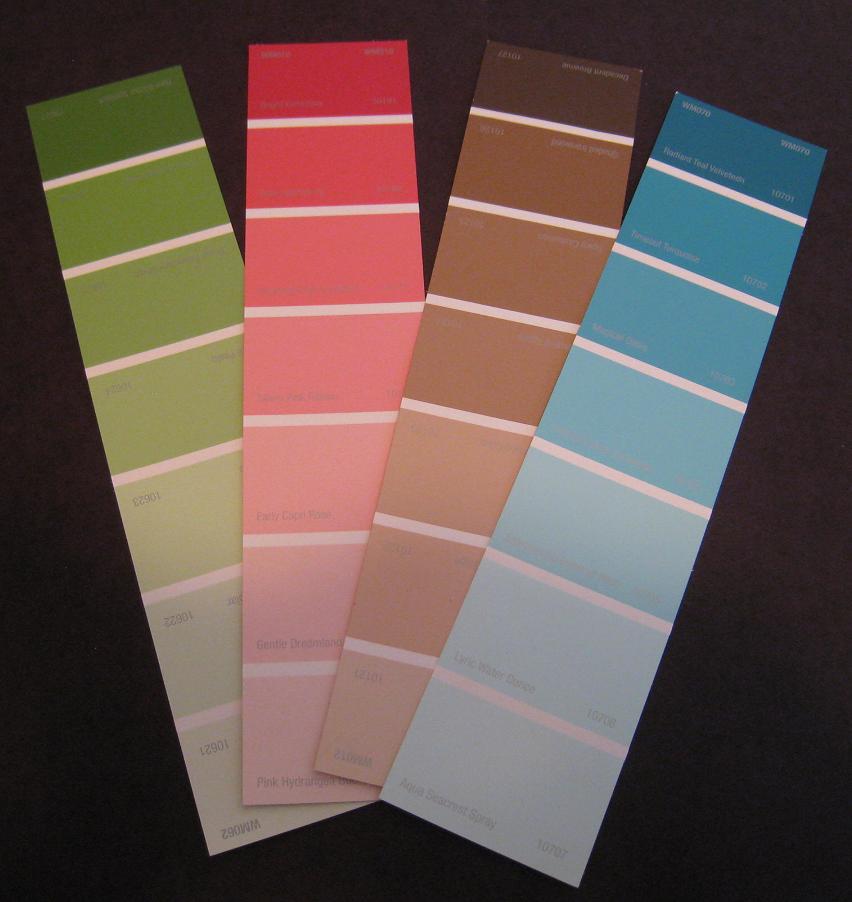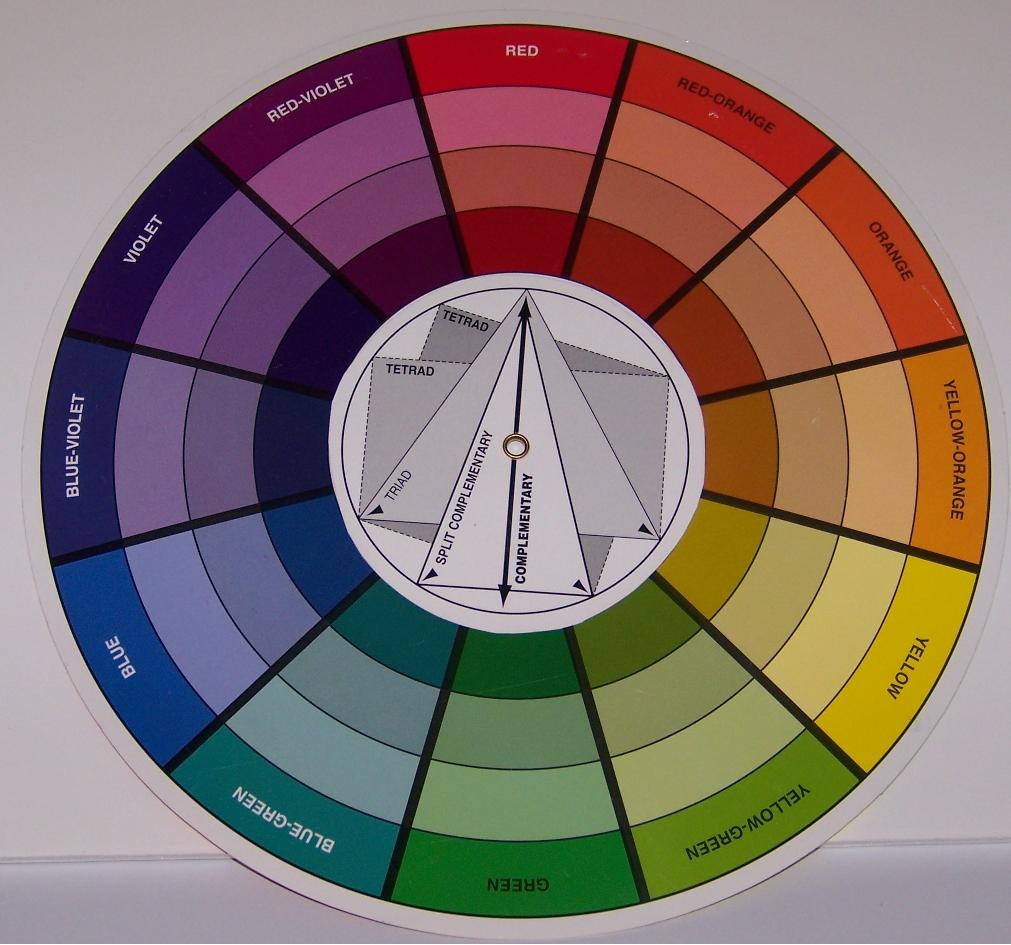Is adding color to your personal environment difficult? Do you struggle all of the way to the paint store to finally buy that color which you have agonized over selecting? Does color scare you?
If you answered yes to any of the questions, you are not alone. My #1 consultation is a color consult due to these fears and more.
So, in the next few months I will attempt to increase your color confidence. There is a lot to learn so this is only STEP ONE.
Any good lesson in creating color confidence has to begin with the color wheel, a tool that is always in my decorating and staging bag.
1) All colors start with the 3 Primary Colors: Red, Blue and Yellow.
2) Combining those three primary colors leads to 3 Secondary Colors:
- Red + Blue = Purple
- Red + Yellow = Orange
- Blue + Yellow = Green
3) Combining a Primary color and a Secondary color makes a Tertiary color:
- Yellow-orange
- Yellow-green
- Red-orange
- Red-purple
- Blue-purple
- Blue-green
Note that in Tertiary colors the primary color is listed first. It’s red-orange not orange-red.
Knowing the Correct Color Terminology

In color theory, a tint is the mixture of any color with white, which increases lightness. A shade is the mixture of any color with black, which reduces lightness. A less frequently used term is TONE which is produced by mixing any color with grey.
So, if you were to say to a paint specialist (usually not the folks behind the paint counter at Lowes or Home Depot) “I just want this color a shade lighter” you might get corrected and that’s OK, but you need to understand why you are being corrected so that you are more COLOR CONFIDENT.
Selecting the Correct Color For Your House
A professional color consultation takes approximately 2 hours and is very personalized. Thus, addressing this now is premature. Look for additional information (steps) in future articles in Sierra News Online and you will learn how to make the best color choice for the needs and functionality of any room. Yes, color can absolutely affect emotions in any space.
Start now thinking about the look that you want to achieve in a room where you might want to make some changes. Check out color choices in design on Pinterest.com and real life color palettes on Design-seeds.com then come back for the additional steps to increase your COLOR CONFIDENCE.
www.dreamredesigns.com or ginger@dreamredesigns.com





